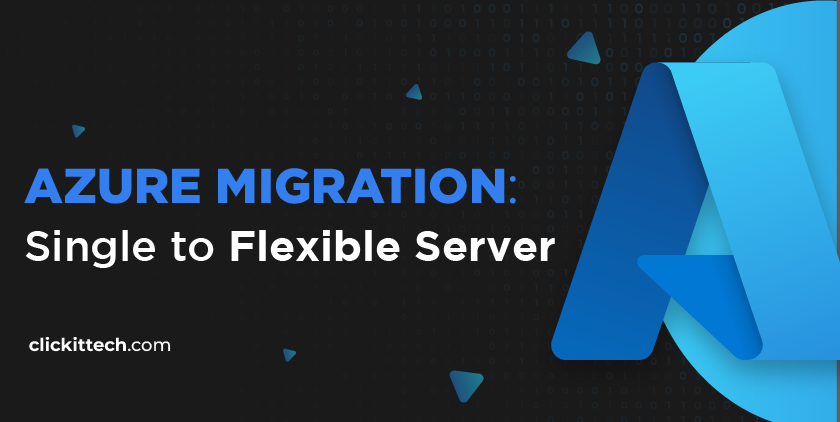A Fintech company was dealing with outdated infrastructure, incurring additional costs due to the deprecation of their single-server databases and services. They needed an Azure Migration Single to Flexible Server to optimize resource consumption and reduce costs.
The engineer got into action after coordinating the best time for the migration and version update.
Tech Stack
Azure, Docker, AWS, S3, MySQL, .Net 4.5.2
Challenges
- Upgrading outdated infrastructure to meet current standards.
- Ensuring compatibility and compliance with cloud provider requirements.
- Optimizing resource consumption and reducing costs since Azure was charging them extended costs.
Solutions: Azure Migration Single to Flexible Server
- Updated AWS infrastructure, including upgrading MySQL from version 5.7 to the latest version.
- Migrated databases from a single server to flexible servers on AzureUpdated AWS infrastructure, including upgrading MySQL from version 5.7 to the latest version and implementing networking solutions such as using a proxy.
- Reduction of space from 7TB to 2TB. Access to IRS-like services from Mexico exclusively with MX IP compliance with government activity. .NET versions (4.6)
- Utilized Docker for containerization of instances.
- Migrated databases from a single server to flexible servers on Azure and transitioned S3 buckets from regular to intelligent tier for cost reduction.
Outcomes of Azure Migration Single to Flexible Server
This results in improved performance and service reliability, reduced infrastructure costs, and enhanced compliance with cloud provider standards.
The client was relieved that the current cost of his DBs was reduced. As they had to switch to the latest services available, they would not make any significant changes soon.
This partnership enabled us to address issues with government apps restricting traffic, establishing us as a crucial support hub for them within the country.
You can also read our blog about Azure Pricing to learn what model suits you the best.









